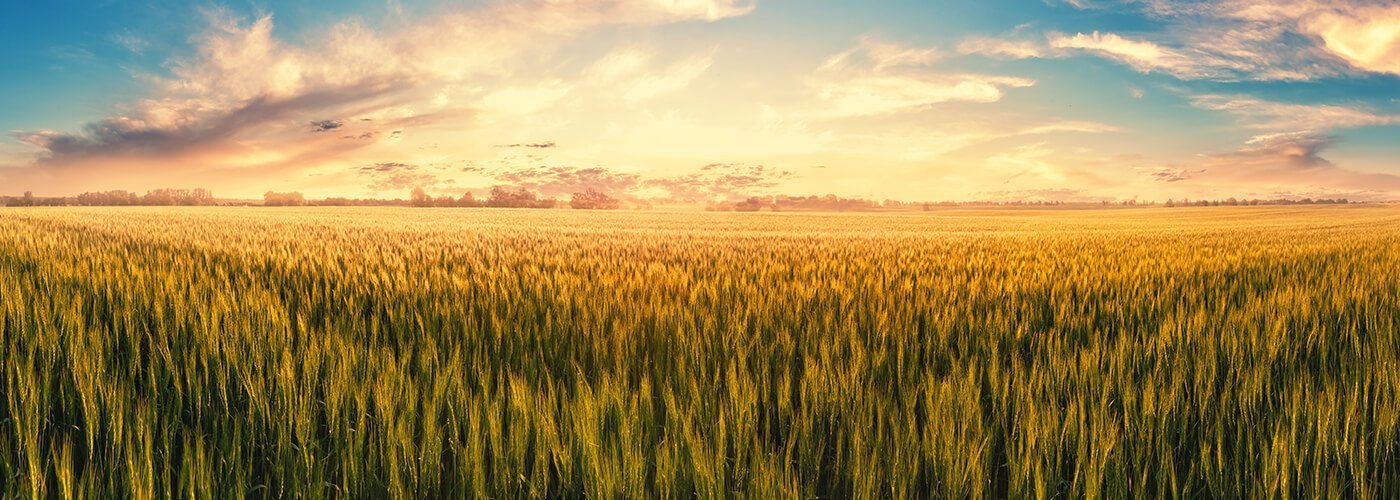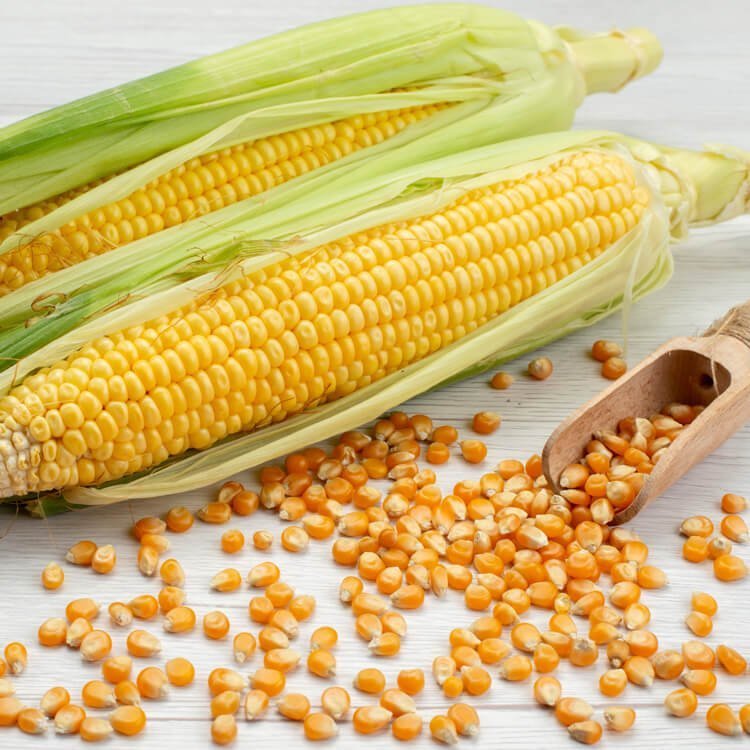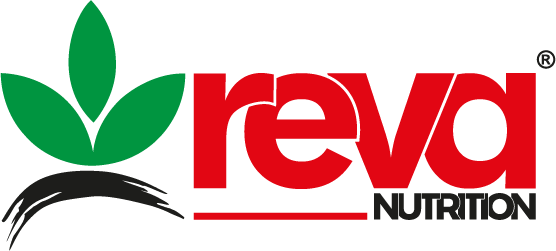
In the form of silage maize, the closer the root of the maize is, the lower the quality of animal nutrition and the growth of bacteria that can cause disease for the animals. As a result, molds and harmful toxins can grow. Another issue is low dry matter and low starch silages as a result of the early harvest. In cases where dry matter and starch are not at optimum levels in silage maize, since the starch and dry matter they need cannot be supplied to the animals, unit costs increase and as a result, profitability decreases. In order to provide the energy expected from silage maize in animals, the GRAIN CRUSHER feature of the cutting machines must be active during silage production. Since the corn grain, which is not shredded, will be removed from the animal body without being digested, there is no nutritional benefit.
In order for the corn to be a quality silage, it should be kept at the appropriate pH value by providing a good fermentation by creating an oxygen-free environment when it is siled. The use of INOKULANT (Bacteria) should not be neglected to reduce the problems that may occur as a result of ensiling and adversely affect the fermentation. Within the framework of all this information, in order to produce high quality silage corn, it is necessary to pay attention to the stages of HARVET LENGTH, HARVET TIME and SILOING.

